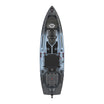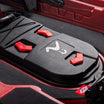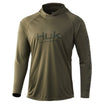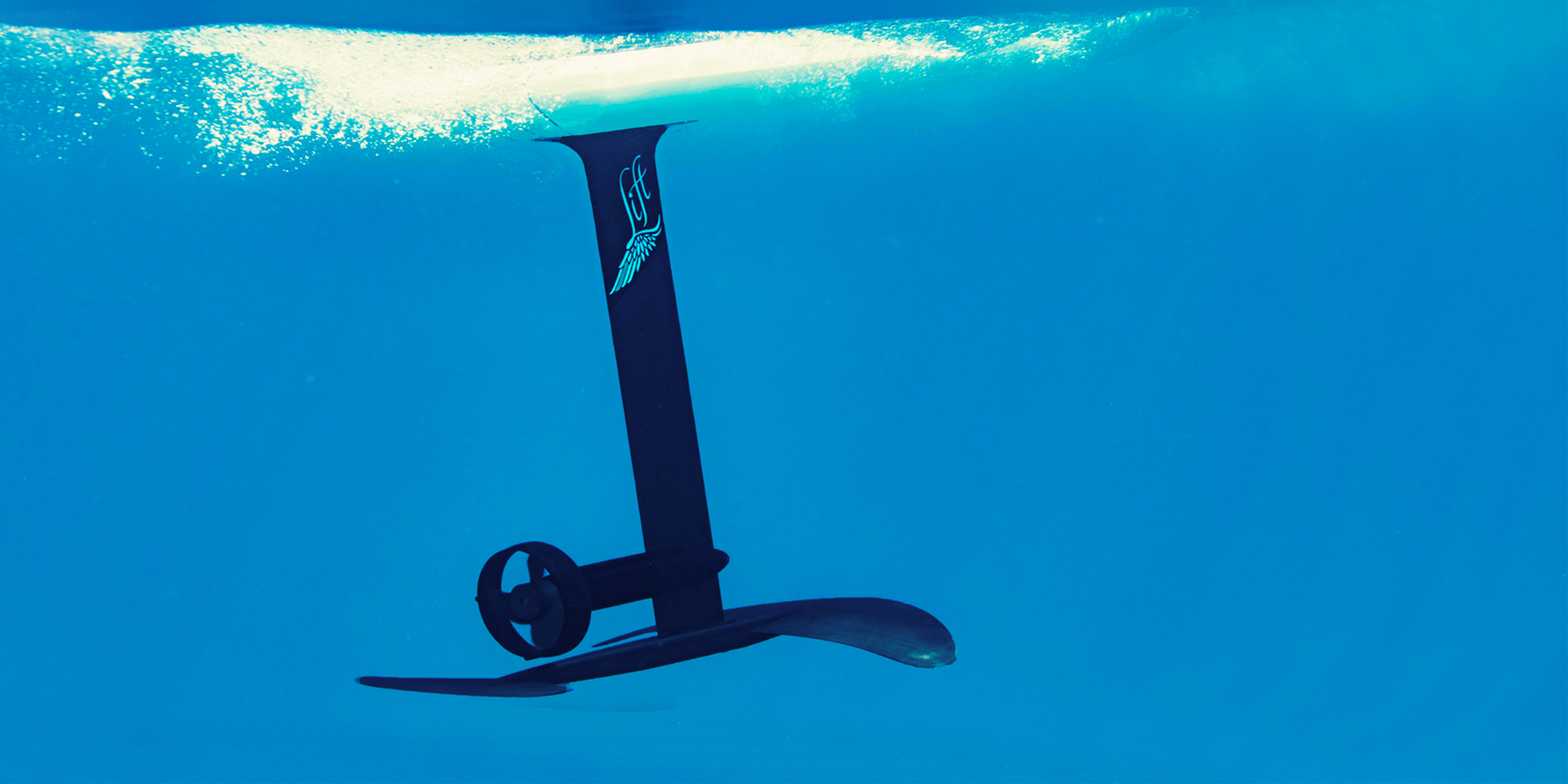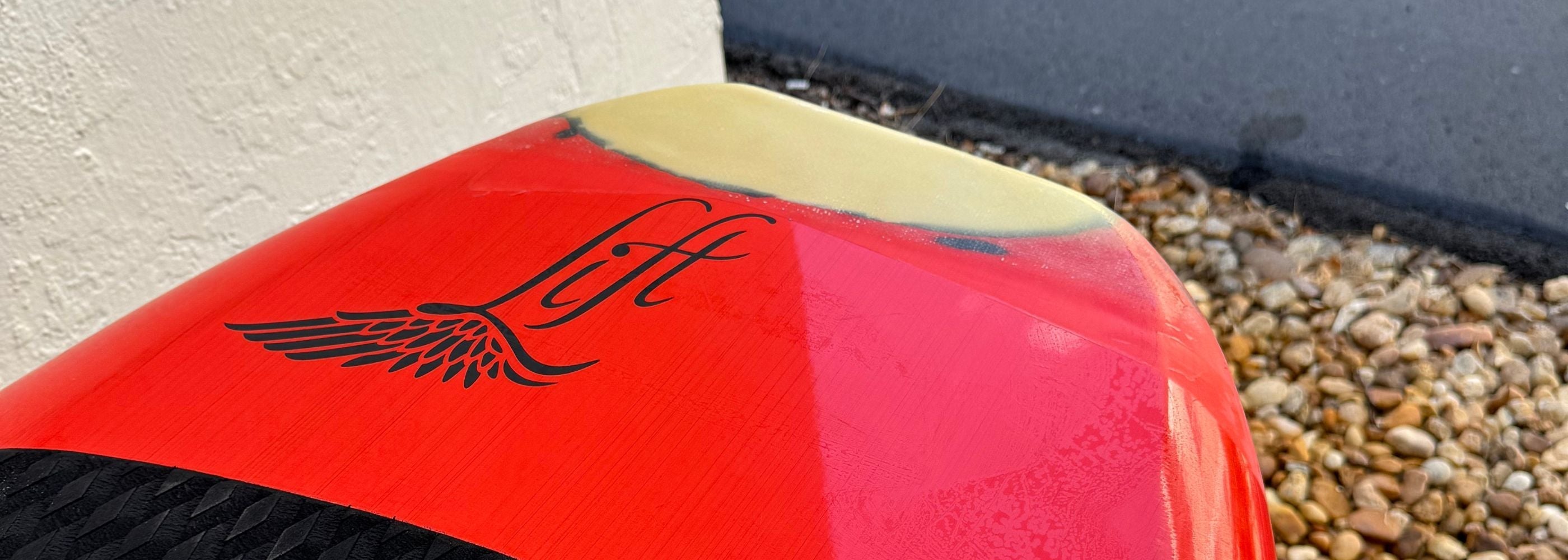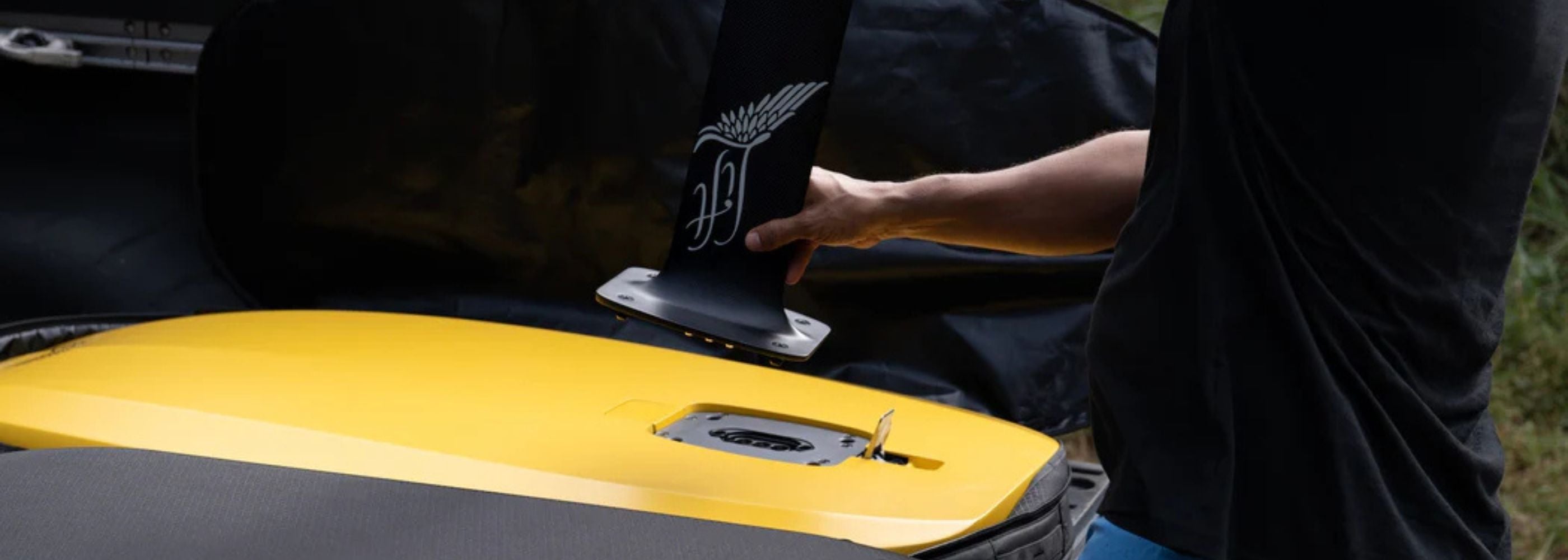What is a Hydrofoil?
In the simplest terms, a hydrofoil is a wing-like structure attached to the hull of a watercraft (yes it is classified as a vessel) that, when moving, lifts a significant portion of the hull out of the water. By doing so, it reduces the drag the hull faces when moving through water, allowing for faster speeds and a smoother ride.The concept behind a hydrofoil is similar to that of an airplane wing. As the watercraft gains speed, water flows over the hydrofoils, creating a difference in pressure between the top and bottom surfaces. This difference in pressure causes an upward lift, elevating the vessel above the water's surface.
History of Hydrofoils
The concept of hydrofoils isn't new. The early 1900s witnessed several inventors and engineers, including Alexander Graham Bell, experimenting with hydrofoil designs. By the mid-20th century, hydrofoils were being used for passenger ferries, especially in regions where high-speed transport over water was essential.
The Lift eFoil was invented by Nick Leason in 2015. Being an engineer and devoted surfer, Nick came up with the original idea to let riders fly above the water without needing wind or waves.
Benefits of Using Hydrofoils
1. Reduced Drag: By lifting the vessel out of the water, hydrofoils reduce the surface area in contact with the water, thereby decreasing resistance or drag. This allows the boat to achieve higher speeds with the same amount of power.2. Fuel Efficiency: With reduced drag comes better fuel efficiency. Hydrofoil-equipped vessels can travel longer distances with the same amount of fuel compared to conventional boats.
3. Smooth Ride: As the boat is lifted above the water, it becomes less affected by surface waves, resulting in a smoother journey, especially over choppy waters.
4. Eco-Friendly: Hydrofoil technology is now being combined with electric propulsion systems, leading to emission-free water transportation.
Applications of Hydrofoils
While hydrofoils were initially popularized through passenger ferries, their application has widened over the years.1. Recreational Boats: The thrill of "flying" over water has made hydrofoil-equipped boats popular among water sports enthusiasts.
2. Sailing: Hydrofoil technology has found its way into the world of competitive sailing. Modern sailboats equipped with hydrofoils can achieve incredible speeds, changing the dynamics of races.
3. Surfboards and Paddleboards: Hydrofoil surfboards and paddleboards offer a unique experience, allowing surfers to ride waves in a way they never have before.
4. Commercial Transport: With the focus on sustainable transportation, many companies are exploring hydrofoil-equipped electric ferries as a means of green and efficient water transport.
Conclusion
The magic of hydrofoils lies in their simplicity. By utilizing basic principles of physics, they have transformed our relationship with water-based travel. As technology advances, we can expect to see even more innovative and sustainable uses of hydrofoils in the future. Whether for recreation, competition, or transport, hydrofoils represent a blend of engineering and nature that promises to make our journeys over water faster, smoother, and more enjoyable.













